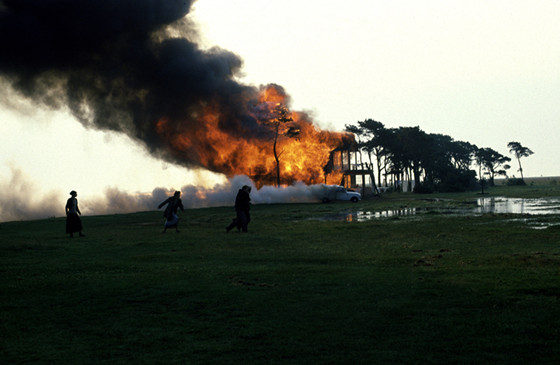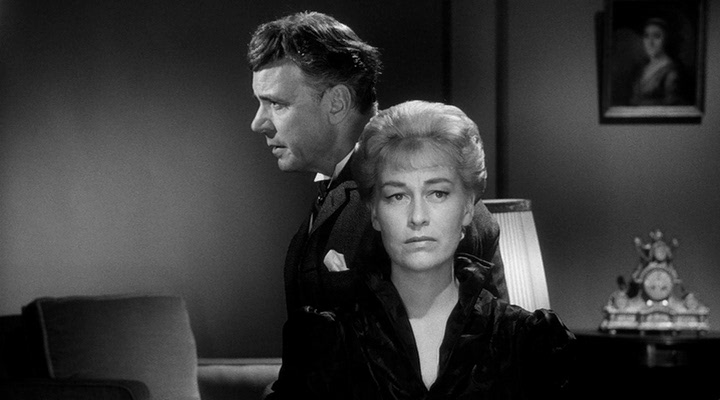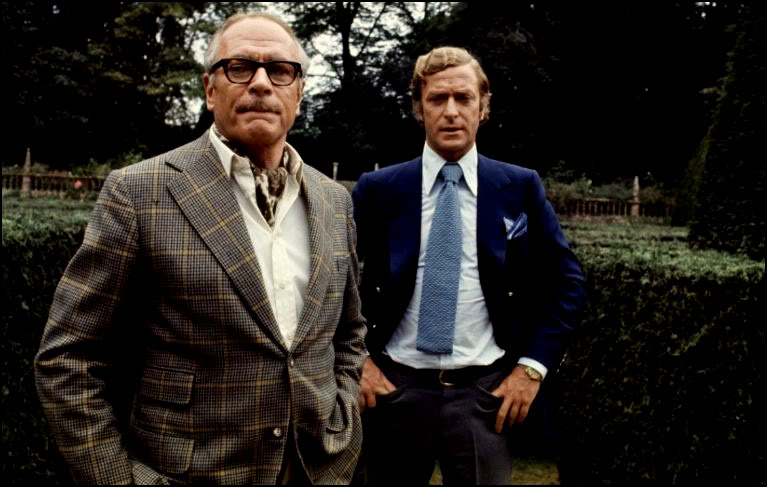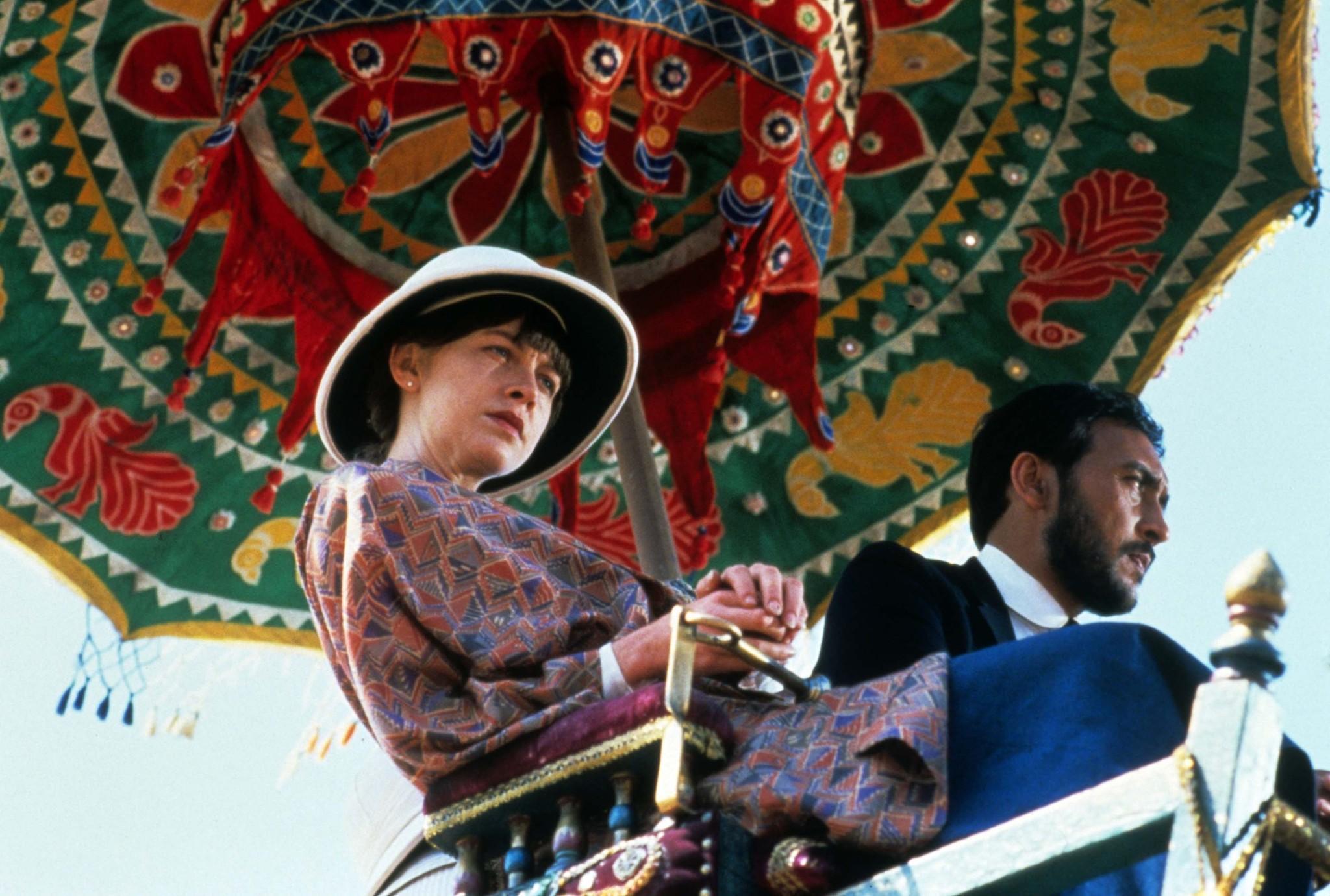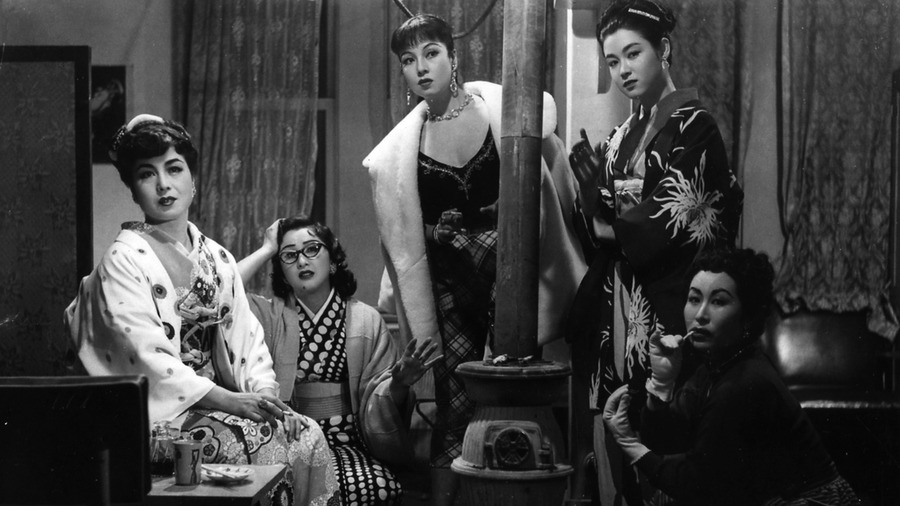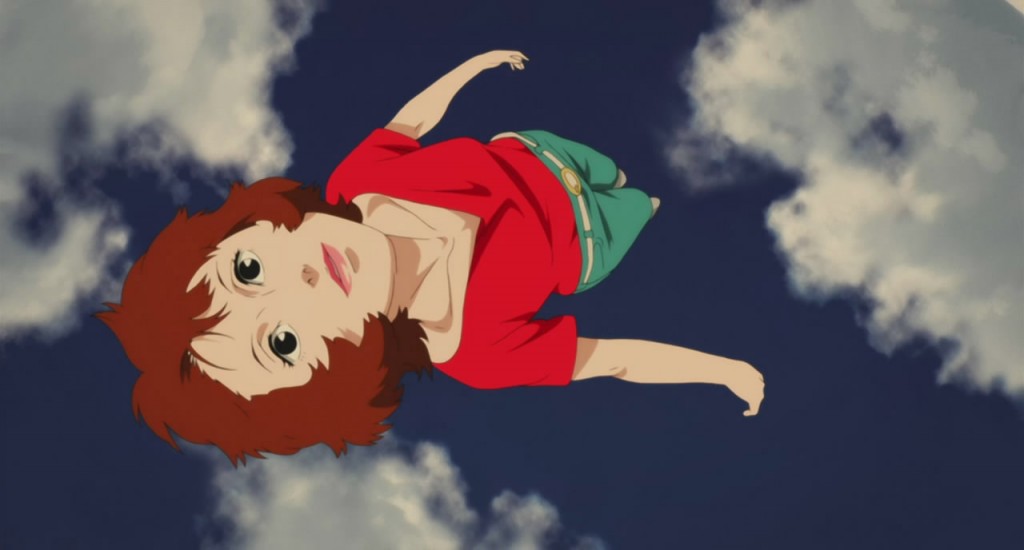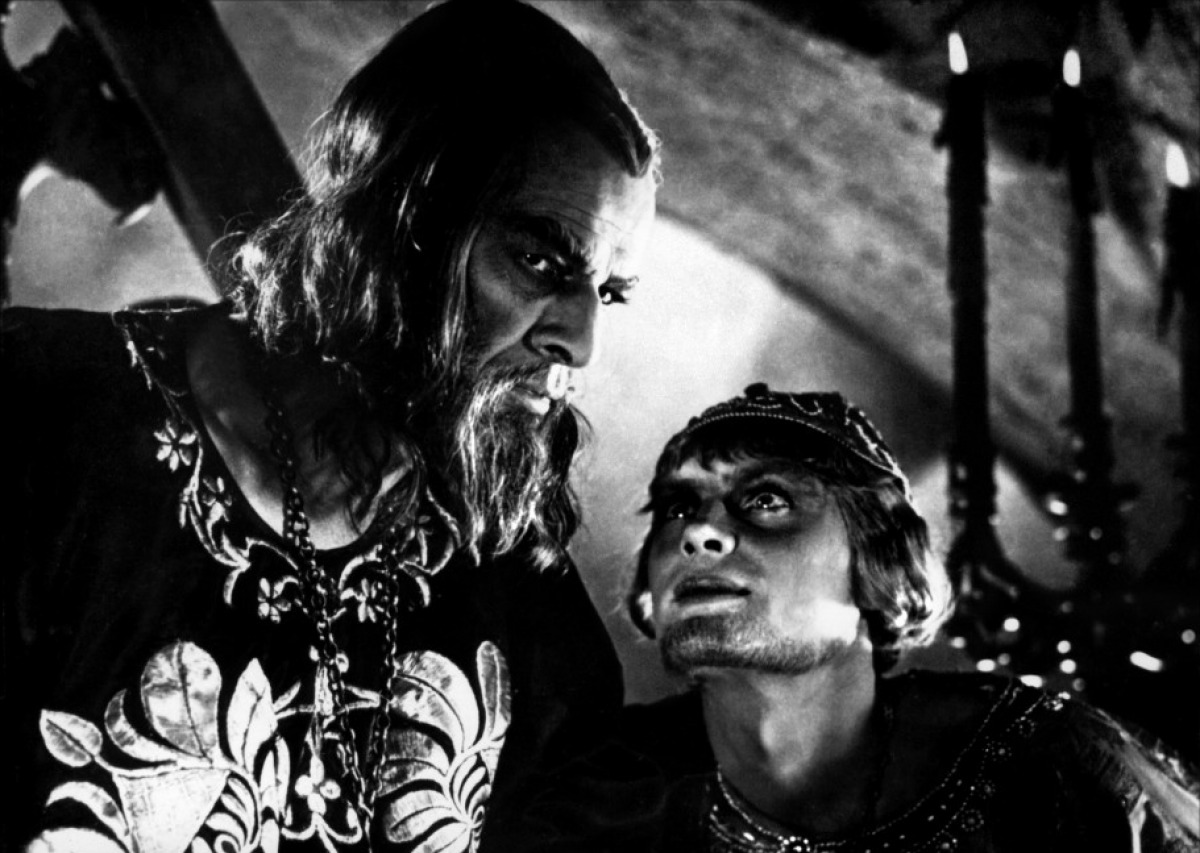23. The Sacrifice (1986) by Andrei Tarkovsky (1932–1986)
A Soviet director often regarded as one of the greatest film-makers of all time, Andrei Tarkovsky’s films are characterized by their lack of conventional structure, complicated long takes and spiritual themes.
He made 7 films, 5 in his native Soviet Union. After the troubled three year production of Stalker (1979), Tarkovsky began production of the film ‘The First Day’ which was set during the reign of Peter the Great. The project was stopped by the government when half of the film had already been shot .The film was deviating from the submitted script and was attacking religion in the USSR.
This incident angered Tarkovsky and he journeyed to Italy to direct his next film, Nostalgia (1983). The film was entered at The 1983 Cannes Film Festival. where it won most of the prizes except the Palme d’Or. It was speculated that the film failed to win the main award due to Soviet authorities preventing this from occurring.
He was subsequently invited to direct a film in Sweden, by The Swedish Film Institute. Once there, he decided to film The Sacrifice. He used the services of many of Ingmar Bergman’s regular cast and cred in order to make the film/ Among those included were Erland Josephson, who was well known for his work with Bergman’s Fanny and Alexander, cinematographer Sven Nykvist and Production designer Anna Asp.
The film is notable for its ending, which consists of an extremely complicated 6 minute long shot. While shooting, the film jammed in the camera and could not be reloaded in time. The scene had to be reshot at a huge expense to the production.
22. Gertrud (1964) by Carl Theodor Dreyer (1889–1968)
Born in Copenhagen, Denmark, Carl Theodor Dreyer spent the first two years of his life in orphanages until he was adopted by a typographer named Carl Theodor Dreyer and his wife, Inger Marie. His adoptive parents were very strict and his childhood was largely unhappy. His early experiences would go on to influence his films.
Dreyer started working as a journalist, and later started writing title cards for silent films. After making a few movies in Denmark, he went to work in France and in 1928, made his masterpiece The Passion of Joan of Arc .
4 years later, made horror classic Vampyr (1932). Both these films were financial failures. Dreyer would go on to make only three more films in the next 32 years as his films were always delayed due to financing problems and his perfectionism.
Gertrud tells the story of Gertrud Kanning a former singer who leaves her husband for a younger lover. This was Dreyer’s first film in 9 years. He decided to make this film after several of his projects failed to be realized. An extremely polarizing film, Gertrid was screened at the 1965 Venice Film Festival. Over half of the audience walked out during the film. Those who remained gave the film a standing ovation.
21. Sleuth (1972) by Joseph L. Mankiewicz (1909–1993)
Among the few to have won Oscars for both writing and directing, Mankiewicz, much like his idol Ernst Lubitsch, was a writer, director and producer. He worked for Paramount then MGM and finally at Twentieth Century-Fox where he became the only person to win Academy Awards for Screenplay and Direction in two consecutive years. He won for A Letter to Three Wives (1949) and All About Eve (1950).
After a failed attempt at writing for Broadway and a series of censored and unsatisfying films, including the disastrous production Cleopatra (1963), Mankiewicz, after a long absence, decided to make Sleuth his swan song.
Based on a Tony Award-winning play by Anthony Shaffer, Sleuth tells the story of Andrew Wyke (Laurence Olivier) a man fond of games who invites Milo Tindle (Michael Caine) ,his wife’s much younger lover, to his mansion.
The successful film was nominated for numerous awards, including the directing Academy Award and remains only one of three films for which the entire on-screen cast received acting Oscar nominations.
20. A Passage to India (1984) by David Lean (1908–1991)
Well known for epics and Dickens’ adaptations, British director David Lean started his film career working as a tea boy at Gaumont Studios on month’s trial basis without pay in 1927. Seven years later, after working primarily as an editor on newsreels, he worked on his first feature, Freedom of the Seas (1934) serving as focus puller.
After editing more than two dozen features, Lean directed In Which We Serve (1942), collaborating with actor-author Noël Coward. He was knighted in 1984 and was nominated for seven Academy Award, winning best director twice for The Bridge on the River Kwai, and Lawrence of Arabia.
A Passage to India follows Englishwoman Adela Quested, who goes to India to visit her fiance. Once there, she meets Indian doctor Aziz.
This was Lean’s first film in 14 years due to his distress over the negative reviews of his previous film Ryan’s Daughter (1970). Lean had a troubled relationship with a number of cast members, including long time collaborator Alec Guinness. The two men never spoke to each other again.
19. Before the Devil Knows You’re Dead (2007) by Sidney Lumet (1924–2011)
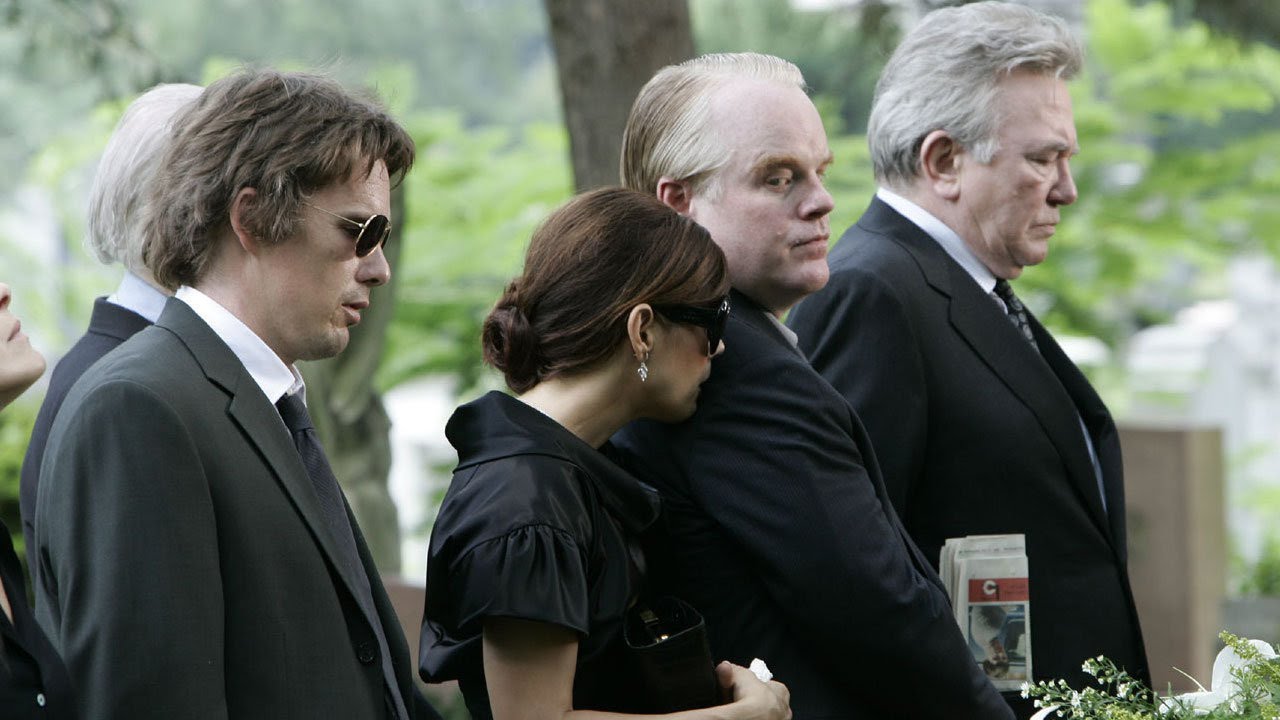
In spite of director several notable films, Sidney Lumet is not one of the first names which comes to mind during discussion of great directors.
This fact come in the face of directing one of the most promising debuts in U.S film history, 1957’s 12 Angry Men, as well as making some of the finest films of the 1970’s including Serpico (1973), Dog Day Afternoon (1974), and Network (1975), all multiple Academy Award nominees and/or winners, working with the top actors throughout his career and having been nominated for several awards.
Before the Devil Knows You’re Dead deals with two brothers who plan the robbery of a “Mom and Pop” place. The film explores the robbery from the different perspectives of those involved. The film also contains a prominent Shakespearean allusion and was the first and last time Lumet used digital film,.
18. Street of Shame (1956) by Kenji Mizoguchi (1898–1956)
The young Mizoguchi and his family were forced to move close to the brothel quarter in Tokyo due to a poor business decision by his father. As a result , his sister was sold into servitude as a geisha. These two events would deeply affect his view of life and influence his films.
His films would go on to explore the position of women in Japanese society and Mizoguchi is often considered to be the first major feminist director. He directed his first film in 1922 and was noted for his ability to complete a film in a matter of weeks. Unfortunately, the majority of his over fifty films from the 1920s and 1930s are now lost.
His last film likewise deals with hardships faced by women in society,particularly prostitutes. The film concerns the lives of a few prostitutes who work together and how a proposed ban on prostitution would affect them. It also explore these women’s lives outside of their profession.
Based on the novel Susaki no Onna, the film was remade 20 years later.
17. Paprika (2006) by Satoshi Kon (1963–2010)
Initially aspiring to be an animator, Kon studied graphic design in college and then worked as an animator for 4 years. After working as an animator, he wrote one of the episodes for the anthology film Memories (1995).
He directed his first film, Perfect Blue, in 1997. This is an animated feature about a pop singer who is being stalked by an obsessed fan. The fim was a sign of things to come as all but one of Kon’s future features, would be a mix of fantasy and reality.
Paprika is about a machine which allows therapists to enter their patient’s dreams. It is based on the 1993 novel of the same name. The film was a major inspiration for Inception, another dream themed film.
After Paprika, Kon directed a short film for the TV program Ani*Kuri15 and then began work on his next film entitled “Dreaming Machine”. In May 2010, Kon was diagnosed with pancreatic cancer and was given less than 6 months to live. He chose to spend his remaining time with his family. Saroshi Kon died on August 24, 2010 at the age of 46.
16. Ivan the Terrible, Part I (1945) by Sergei M. Eisenstein (1898–1948)
One of the fathers of the cinematic montage, Eisenstein, like many of his fellow Soviet filmmakers, was subject to government control throughout his career. He studied engineering and then left school to join the Red Army during the Russian Revolution. 2 years later, he moved to Moscow and started working in the theater.
A few years later, he directed Strike (1925), Battleship Potemkin (1925) and then October or Ten Days That Shook the World (1928).Battleship Potemkin is widely regarded as one of the greatest films of all time. These three films show Eisenstein’s lifelong conflict with the Soviet film authorities, as his films went against the specific doctrines of socialist realism.
Ivan the Terrible, Part I took over 3 years to make. The film is an account of Ivan IV or the “Tsar of All the Russias” who ruled from 1547 – 1584.The film was the first part of a planned trilogy. Part I was well received in his native country, particularly by Stalin, since Ivan was shown as a national hero.
However, Part II offended Stalin and was heavily criticized by the state authorities and due to this fact the film was not released. Part II was finally released 5 years after Stalin’s death in 1958. All footage from the planned Part III was confiscated and then destroyed in 1948.
